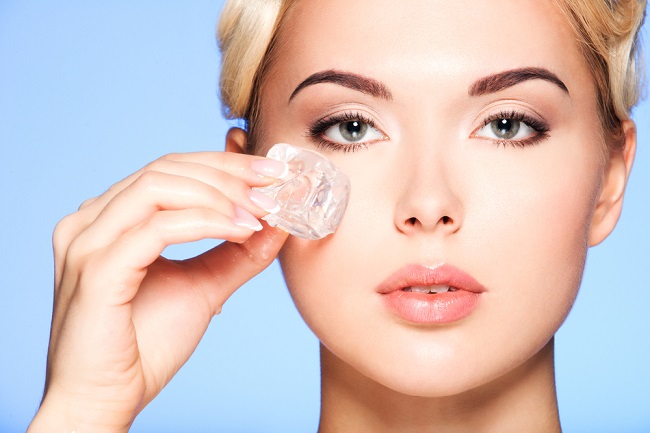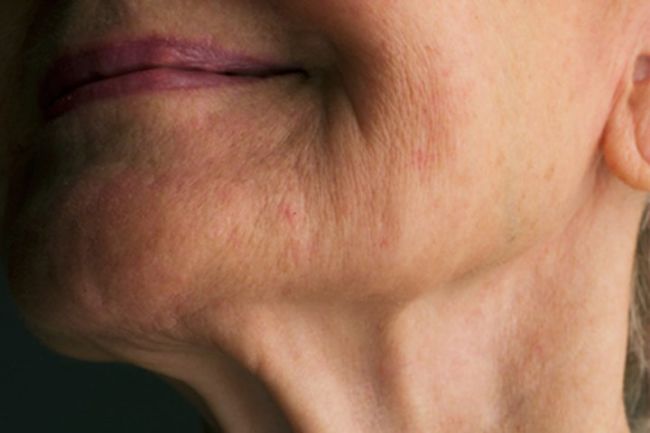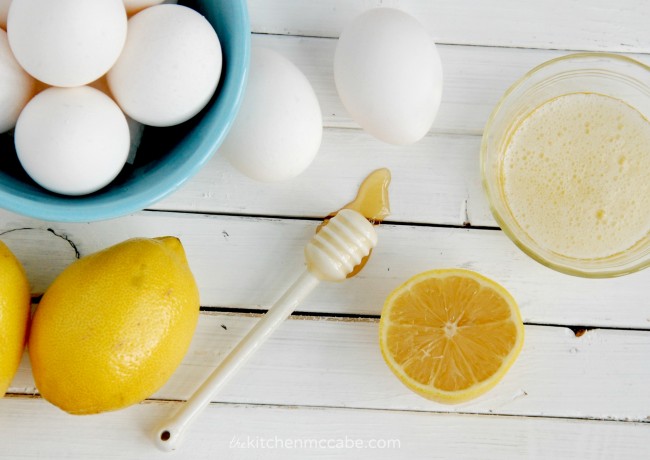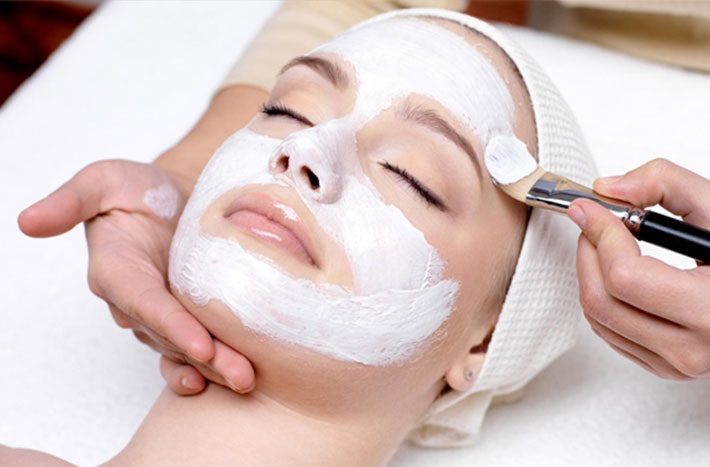The face is our letter of introduction, and the secret for the complexion to stand out does not lie in having perfect proportions or using a lot of makeup, on the contrary, you must seek to nourish, protect and balance the skin so that it looks radiant, youthful and healthy and this is achieved with homemade masks for the face, which will give you the opportunity to renew your face.
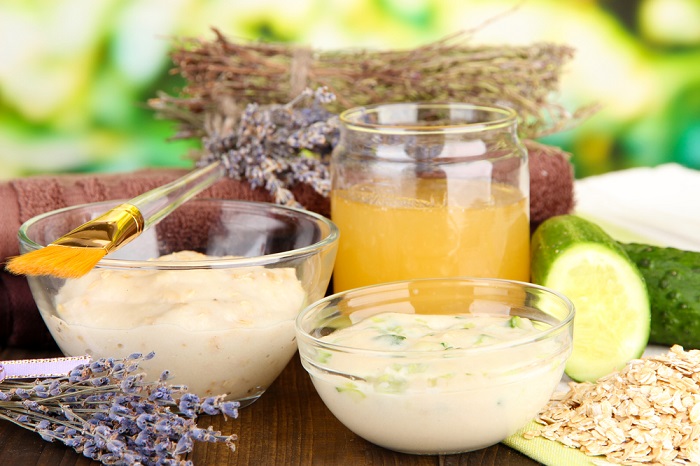
It is not necessary to invest a small fortune to make the complexion healthy, because you can take advantage of the various masks that exist, such as masks for hair, for the face, for acne, among other masks for the face that you can take advantage of for your beauty and the health of the skin of your face. The best ingredients are stored in your cupboard. Find out with these recipes for homemade masks.
How do you know which homemade mask you need?
First wash your face with a mild soap. You can use glycerin soap or a foam cleanser specially formulated for the skin of your face. Remove any remaining makeup. Dry gently, without rubbing or pressing, using a soft cloth and wait an hour.
Don’t touch your face. After this, stand in front of a well-lit mirror. Take a tissue and gently press on your complexion. Feel your face. If you feel the skin soft, without discomfort or anything, and when you pass the tissue it looks clean and dry; you probably have normal skin.
If you feel tight skin, you notice flaky and reddened areas and the tissue is clean, you have dry skin. But if on the contrary, the paper looks oily when passing it through your face and you have a propensity for acne, you have oily skin.
In case you feel your face dry or normal in some sections, but when you pass the tissue through your nose, chin and forehead is filled with fat, you have mixed skin. This type of skin usually has a propensity for hormonal acne.
You should also keep in mind the problems you want to attack with these masks: blackheads, pimples, cystic acne, and redness, among others. Also, if you have had allergic reactions to some cosmetics, regardless of whether they have been bases, shadows, baths, soaps or cleaners; this may indicate allergy to a particular component and you should be careful what you place on your skin. Remember that your face is even more delicate.
Before applying any homemade mask
As soon as you choose the mask recipe for the face that fits your needs, it is important that you do a test before applying it to your face. The point where you’ll apply a small amount will depend on what you want to know. In case you’re not sure if any homemade masks will sit well with you, try your arm first. After this, you can move to other areas closer to your face.
If you want to know if you’re allergic, apply it behind your ear. If you want to test if it will irritate your skin, try at a small point on the area you consider sensitive. In case you want to know if an ingredient will cover your pores or worsen your acne, try a minimal amount in the area where you usually have breakouts. In all cases, wait several hours to make sure you won’t take any risks. It does not hurt to remind you that if you are allergic to any food, you should not use it as an ingredient for your natural mask.
What to avoid when making homemade masks
While it is true that we could make “homemade masks” with almost any ingredient you have in your cupboard, you should know that many ingredients, although completely natural, can damage your skin and you should avoid them at all costs. For example, there are those who swear about the effectiveness of baking soda to cleanse or exfoliate the complexion and vinegar to tone; but this is counterproductive and dangerous, as several studies show.
Bicarbonate has a PH of 9, so it is excessively alkaline for skin that has a PH of 4.5 to 5. On the other hand, white vinegar has a PH of 2.4 to 3.4, which makes it very acidic. The result of using these ingredients is to dry out, eliminate the beneficial bacterial flora that lives on the skin and also risks suffering a chemical burn that can leave you scarred.
Apple cider vinegar and lemon juice should be used on skin that is not sensitive and has no wounds. While it is true that the PH of apple cider vinegar is more or less similar to that of the skin (4, 5), in these cases it can irritate the skin. Lemon also appears frequently, but its pH is very acidic (2.4 to 2.6) and can cause spots on your face if exposed to the sun.
Homemade masks should respond directly to your needs and skin type. In all cases, it is important to hydrate, nourish and tone; but the intensity of these actions will depend on the type of skin. Even if you have oily skin, you need to moisturize, because it is possible to have acne and a bright face but you can still be dehydrated.
The best homemade masks
You may also have acne breakouts despite having dry skin. This usually happens when you use products or masks that aggressively remove the moisture barrier from the skin, or when they have occlusive agents (i.e., that cover your pores) that allow fat to accumulate and cause pores to fill with sebum, producing pimples. The good news is that most homemade masks, unlike many chemicals, are usually soft and delicate with your complexion.
Masks most used for dry skin
For dry and scaly skin, the best choice is the ingredients containing natural oils, or the same seed oils and essential oils. Other options are also shea butter and glycerin. Below we invite you to try the following preparations of face masks.
1. Mask of bananas, glycerin and honey
Take a rather ripe banana and crush it with the help of a fork. It slowly incorporates two teaspoons of natural bee honey and two tablespoons of liquid glycerin (you can get it in pharmacies and pastry stores). Place on the face, let it act for 20 minutes and wash with cold water.
2. Avocado mask and almond oil
Use half a ripe avocado, crush it with a fork and add two teaspoons of almond oil. You can replace almond oil with mineral oil (baby oil), as it is an excellent non-occlusive hydrant ant. Apply it all over the “face” and leave it for 20 minutes. Remove with warm water.
3. Coconut and olive oil mask
Mix two tablespoons of extra virgin coconut oil with one tablespoon of olive oil. Spread on the face and let stand for 20 minutes. Remove with warm water. This mask gently moisturizes and cleanses the pores.
Masks for all skin types
The advantage of these ingredients is that they can be applied in the form of a mask on any type of skin and the results are truly favorable. They illuminate the face, remove impurities and leave the skin hydrated.
4. Papaya mask
Cut a slice of papaya (bedding, pump fruit), remove the seeds and pulp. Delicately rub the skin of the papaya on your face, focusing on the lines around your eyes and mouth. Let dry for 20 minutes and rinse with warm water. The enzymes of this fruit helps repair the damage done by the sun, moisturizes the fine lines by decreasing them and will make your complexion look radiant.
5. Aloe vera mask
Mix half a teaspoon of almond milk with a teaspoon of brown sugar until the sugar dissolves a little. Add four tablespoons (approximately) of aloe vera juice or gel, if possible freshly cut from the plant.
Spread on your face, let it act for 15 to 20 minutes and remove it with warm water and a soft towel. The antiseptic, anti-inflammatory and moisturizing properties of aloe will provide shine, softness and radiance to your skin.
6. Honey mask and apple cider vinegar
Mix two tablespoons of honey with a quarter teaspoon of apple cider vinegar. Place it on the skin and leave for 20 minutes. Remove with warm water and then rinse with cold water. It will heal, hydrate and balance the PH of your skin.
Masks for oily skin
Oily skin is considered to be very difficult skin to treat. Because the oil often masks the dry skin underneath, however, using these natural ingredients from homemade masks it is possible to treat oily foot. For smooth, healthy, and dull skin, try the following options:
7. Yogurt mask and apple cider vinegar
Combine two tablespoons of plain yogurt, without sugar or fruit, with a quarter teaspoon of apple cider vinegar (can’t be exchanged for white vinegar or wine). Apply on the face and let it act for 20 or 30 minutes. Wash with warm water and finish with a cold water rinse.
8. Watermelon Mask
Take a slice of watermelon, remove the pulp and seeds. Only the white part attached to the skin should remain. Press the skin on the skin of your face and let it dry for 20 minutes. Remove with cold water. Watermelon works as a natural tonic.
The best masks for tired skin
If you have battered skin, with marked expression lines, or acne marks have been left, you can start nourishing the skin with these natural ingredients present in face masks, which will make a big difference. Also another option is the implementation in the diet of hydrolyzed collagen, which restores elasticity to the skin and improves overall health.
9. Oatmeal mask
At half a cup of hot water (not boiling) add 1/3 cup of oatmeal in flakes. Let stand and then attach two tablespoons of unspooled plain yogurt, two tablespoons of honey and an egg white. Mix and spread a thin layer on your face. Leave it for 15 minutes and rinse with cold water.
10. Revitalizing yogurt mask
Mix a tablespoon of Greek yogurt with half a teaspoon of natural orange juice and a tablespoon of aloe vera pulp or gel. Leave the mixture on your face for 20 minutes and rinse with warm water.
11. Tea mask: prepare an infusion of green tea or chamomile, place inside two slices of cucumber and let it cool. Clean your face like acote and then moisten several specks of cotton in the mix. Place the moist specks on the face, including the eyelids, and leave them for 15 minutes. This mask tones and deflates.
Masks to clean pores and remove blackheads:
If you have your face with pimples and blackheads, wearing face masks is a very wise choice.
12. Natural Oil Mask
Although it seems paradoxical, it is possible to deeply cleanse the skin and remove blackheads using natural oils. The oil dissolves the sebum solidified and trapped in the pores of the skin, which you can then remove easily.
To make this mask, you must first moisten your skin with warm water and then directly apply mineral oil (baby oil, if you are not allergic to fragrances). You can mix with almond oil or jojoba for dry skin, or hemp oil for oily skin. Let stand for five minutes and then massage for two or three minutes. Remove with a damp towel in warm water.
Masks to exfoliate the face:
With these ingredients you will achieve an ideal mixture to begin to exfoliate your face and eliminate the remains of dead cells, leaving the skin more oxygenated.
14. Aspirin mask
Aspirin is an excellent exfoliant for the skin, but you should avoid it if you are allergic to this medicine. Crush a children’s aspirin and mix with three tablespoons of honey. Spread on the face and let it sit for 7 minutes. Remove with warm water and a soft cloth, doing circular massages. Rinse with cold water.
15. Strawberry mask
Much softer than the previous mask, strawberries are a natural source of salicylic acid. Crush three medium strawberries and mix with a teaspoon of plain yogurt. Place on the face, let stand for 15 to 20 minutes and remove with warm water and a soft towel.





